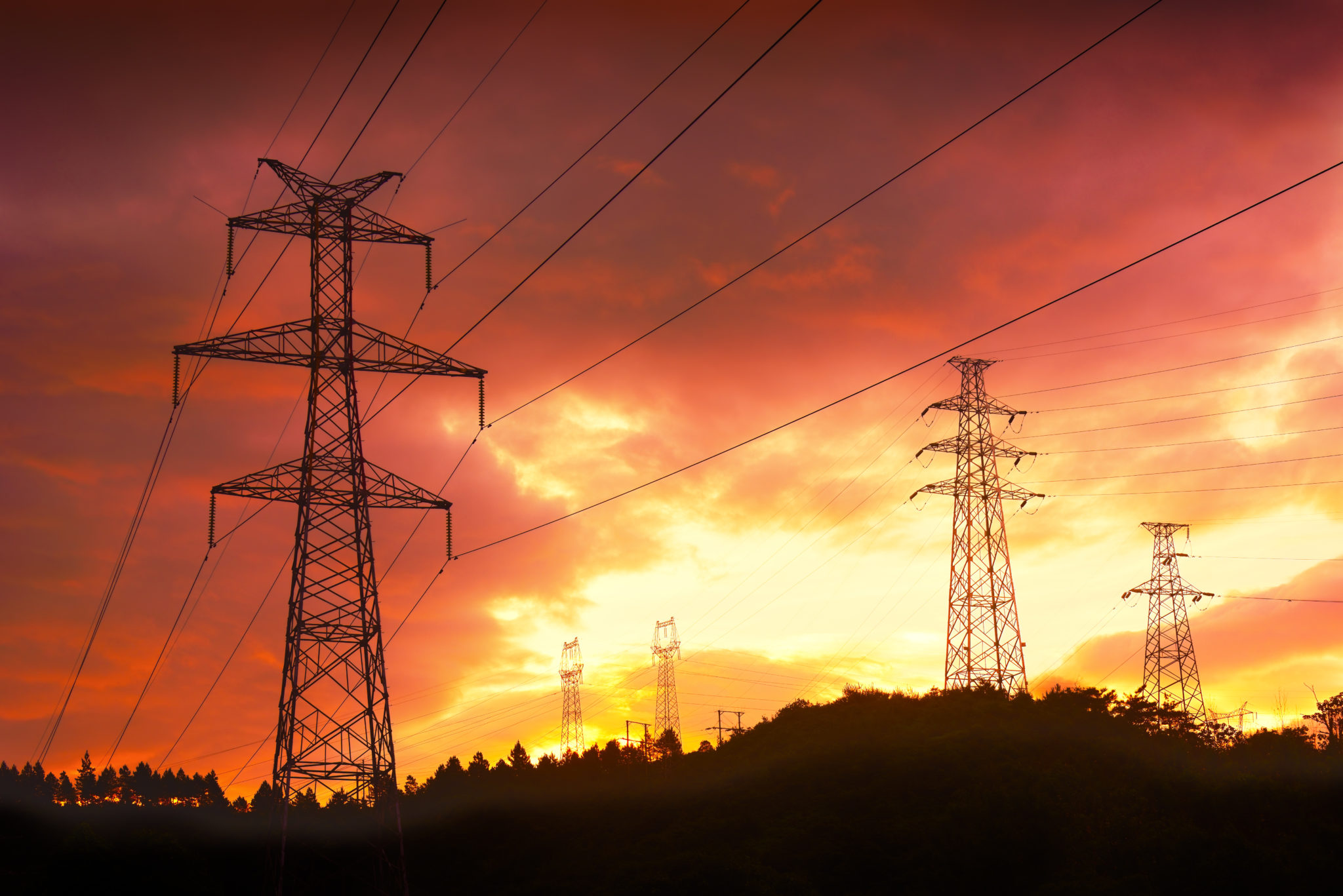The Energy Transition | UK advances with development of carbon capture, usage and storage
Published on 13th August 2025
Welcome to our top picks of the latest energy regulatory and market developments in the UK's transition to net zero

This week, we look at an expansion to the HyNet cluster and new government consultations in the CCUS sector, as well as Ofgem's consultation on draft guidance on the Centralised Strategic Network Plan.
Expansion to HyNet CCUS cluster approved
The government has given the green light to an expansion of the HyNet carbon capture, usage and storage (CCUS) cluster to expand its network. In a strong signal of the government's commitment to supporting CCUS as a key aspect of the energy transition, the assessment of the government is that the expanded HyNet cluster has the potential to pass the deliverability assessment and aligns strongly with the country's CCUS targets.
The government has stated that it considers CCUS to be vital for the country's decarbonisation targets. Investment in the technology is currently strategically deployed in clusters, of which HyNet is, alongside the East Coast cluster, one of the first two to receive government backing. The "track one" clusters are situated where CCUS technology has the potential to significantly reduce the emissions of otherwise hard-to-decarbonise heavy industry.
Six additional projects within the HyNet cluster, which is located in the North West and North Wales, have been selected to progress to a negotiation phase (on either the priority or standby list) under an expansion to the four projects previously given the go-ahead to progress via track one. The expansion includes the Connah's Quay low-carbon power project in North Wales, a combined cycle gas turbine (CCGT) power station fitted with carbon capture technology, and Essar Energy Transition's Hydrogen Production Plant 2, a proposed production facility for "blue'" hydrogen (where hydrogen is produced from natural gas, but carbon capture technology is used to minimise emissions).
The government has stated that the projects are expected to add around £5 billion per year to the UK economy by 2050.
Sarah Jones, the Industry Minister, highlighted the government's commitment to the UK "becoming world leaders on carbon capture and storage", and underlined the aim for the expanded cluster to "bring industrial renewal, unlock growth and secure an additional 800 good, skilled jobs for local people across North Wales and the North West."
Government launches CCUS calls for evidence
The Department of Energy Security and Net Zero has launched two calls for evidence relating to the CCUS sector.
The CCUS Future Network Strategy call for evidence seeks views on the ways in which a CO2 network strategy to support the CCUS sector can be developed to reduce reliance on government support and encourage an independent market-led approach. It seeks to tackle commercial, technical and regulatory challenges to build a cost-effective and resilient CO2 network, incorporating a variety of transport methods to meet increasing demand from CCUS clusters and imported CO2.
The evolution of economic regulation for CO2 storage call for evidence seeks views on the various ways in which economic regulation can play a role in also encouraging an independent market-led CCUS sector. In particular, it is seeking views on economic regulation and natural monopolies, competition and storage costs, and equity and debt investment. It also considers whether the Regulated Asset Base (RAB) model remains the best model for economic regulation of CO2 storage in terms of its ability to meet the needs of various stakeholders.
Both calls for evidence are open until 31 October 2025. Submissions for the economic regulation of CO2 storage call for evidence can be sent by email to CO2storagestrategy@energysecurity.gov.uk or responded to online. Submissions for the Future Network Strategy call for evidence can be sent to ccus.future.network.strategy@energysecurity.gov.uk or responded to online.
Ofgem consultation on draft Centralised Strategic Network Plan guidance
Ofgem has opened a consultation seeking views on its draft Centralised Strategic Network Plan (CSNP) guidance document.
The CSNP guidance sets out Ofgem's requirements for the CSNP methodology. The CSNP will be prepared by the National Energy System Operator (NESO) in accordance with its licence obligations and then approved by Ofgem.
The CSNP aims to provide an independent, co-ordinated and long term "whole-system" approach to planning the future of electricity and gas transmission networks in the UK. The plan constitutes the first time that electricity, gas and hydrogen transmission network planning have been considered together in Britain.
Under the CSNP, NESO will be required to identify future network needs for electricity, natural gas and hydrogen networks; support the development of potential network reinforcement needs and other interventions to maintain network resilience; evaluate and select optimal solutions to address future needs (on a 10 and 12 year cadence, for gas, hydrogen and electricity respectively); identify longer-term network projects (covering at least 25 years); and produce outputs geared towards submission of a strategic network plan to Ofgem every three years. The CSNP will also apply to hydrogen transport and storage, and is designed to facilitate progress towards the UK's long-term grid decarbonisation targets.
The CSNP guidance provides a helpful steer on Ofgem’s expectations of NESO in developing the CSNP. A section on interconnectors indicates the role that Ofgem anticipates should and will play in Britain's energy future, with NESO being expected by Ofgem to identify opportunities for additional interconnectors, assessing the impact of interconnectors on network design, and to support future interconnector development processes.
The role of hydrogen in the total system is also given prominence. Ofgem proposes requirements on NESO to consider how the repurposing or decommissioning of the existing gas network should be considered, and suggests that NESO's approach to assessing the requirements of the hydrogen system should be considered on a regional basis, following the critical electricity transmission network constraint boundaries and the connections between these.
The Ofgem consultation seeks views from stakeholders on whether CSNP guidance accurately reflects the intent of the CSNP policy. The consultation will run until 1 September 2025 and responses should be sent to strategicplanning@ofgem.gov.uk.
This article was written with the assistance of Adam Budd, Ellie Smyk, Imogen Drummond, trainee solicitors, and Tomisin Agbonifo, paralegal.







